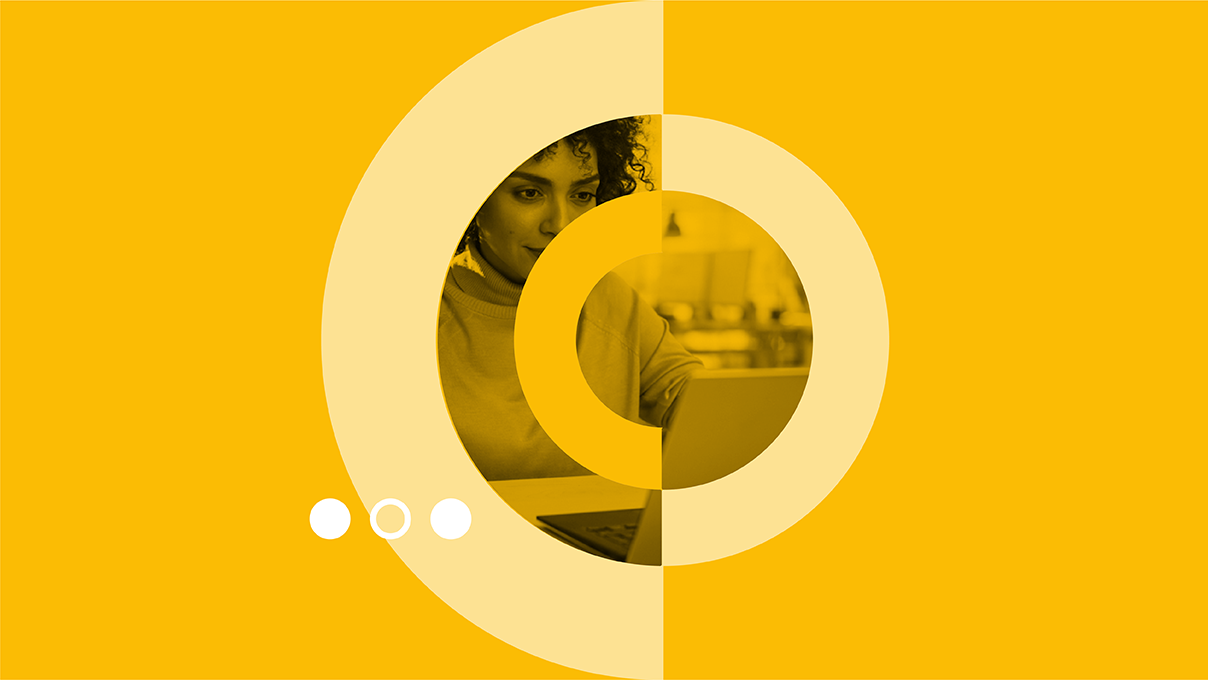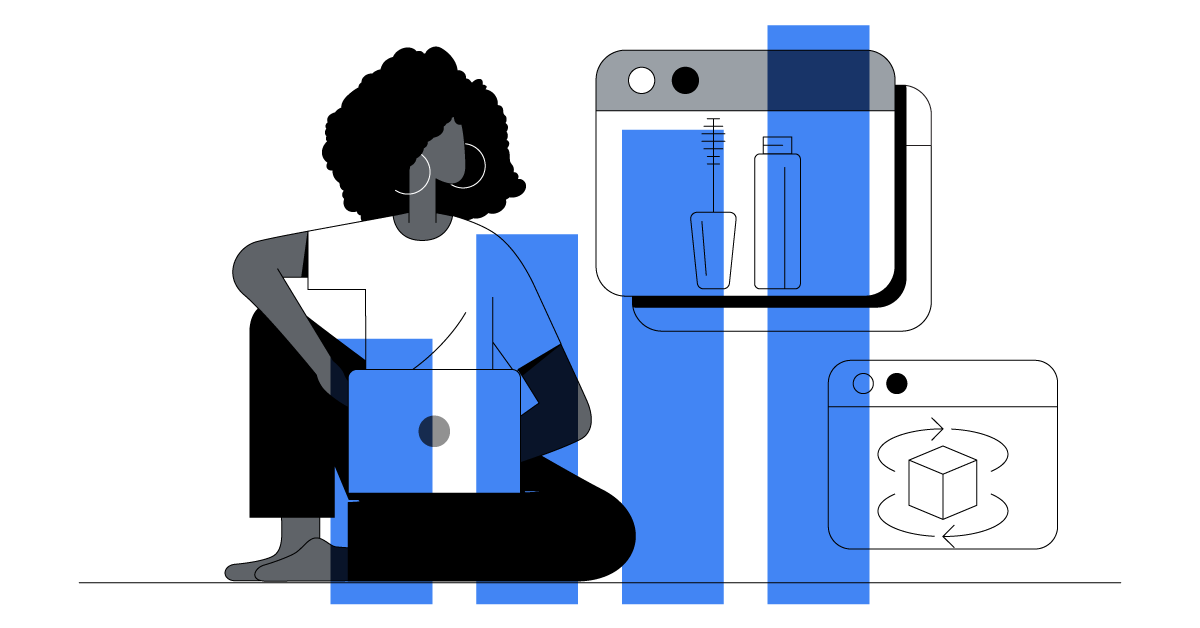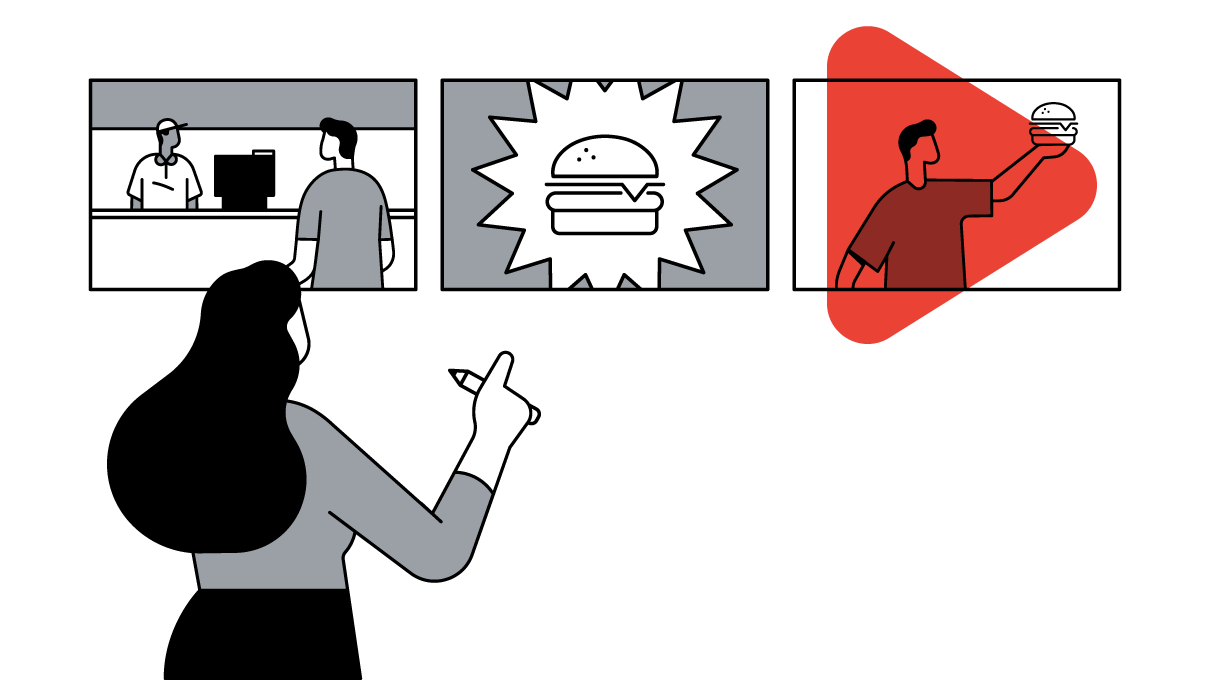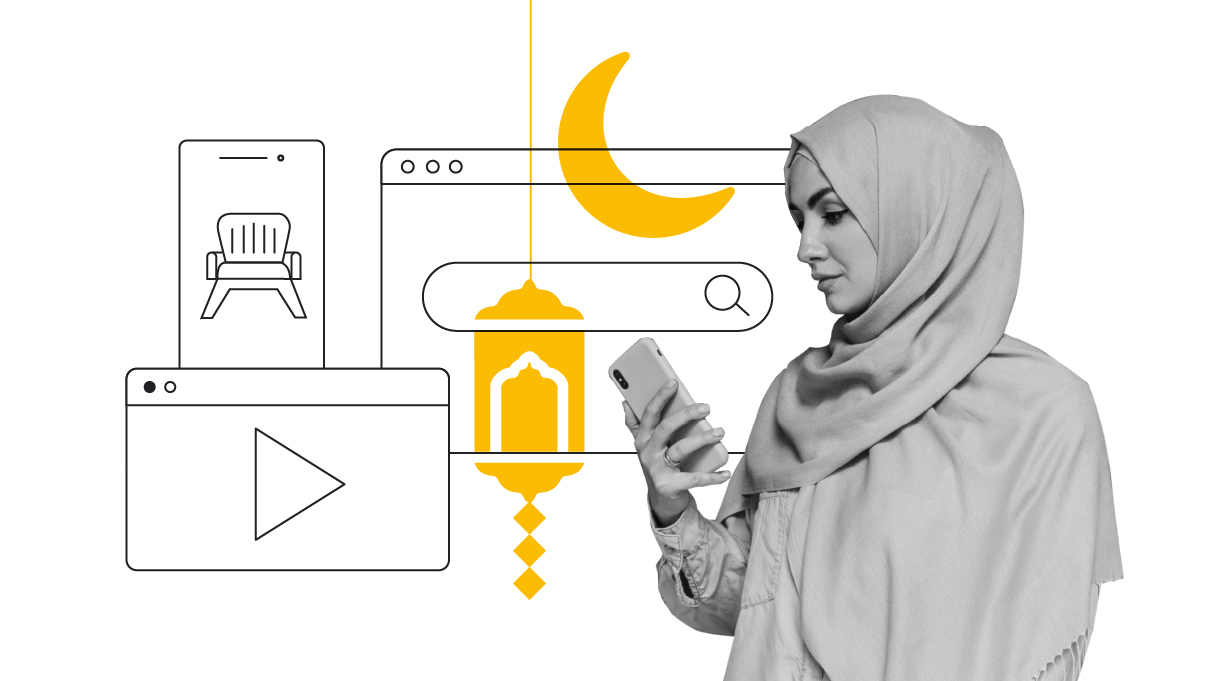When Volkswagen Middle East ran a video experiment to see whether challenging stereotypes in Saudi Arabia would be good for business, it led to some fascinating discoveries. Marketing and PR director at Volkswagen Middle East, Anja Petrovski, shares the brand’s learnings.
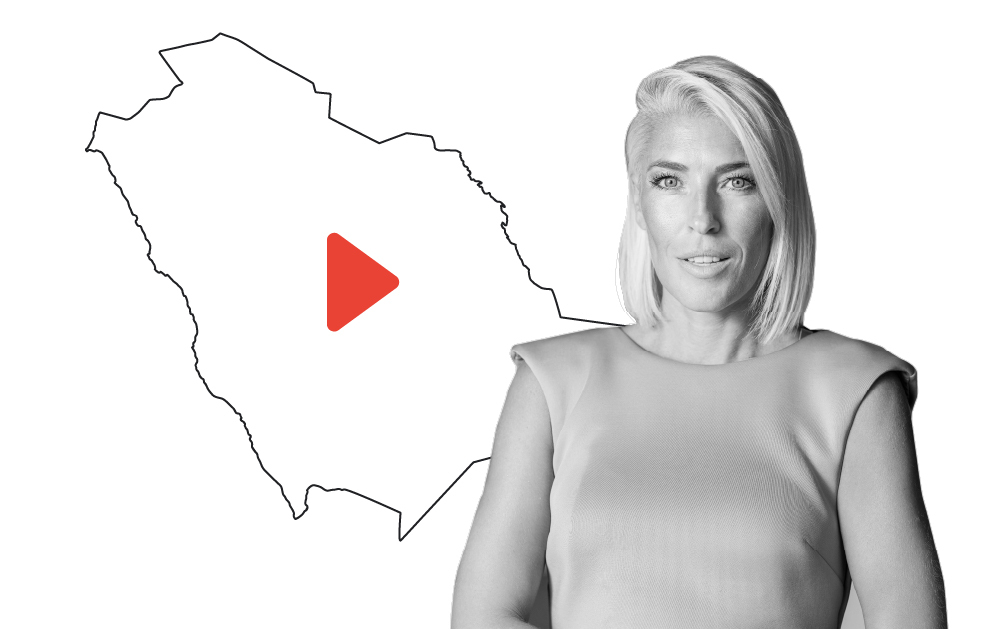
Think of any commercial that portrays a parent taking care of a child. You’ll most likely think of a mother cradling a baby. Technology experts are often portrayed as Gen Z-ers in ads. And when it comes to car commercials, you’d probably think of an impossibly handsome man behind the wheel, cruising along some scenic coastline.
Clichés are deeply entrenched in culture. And the marketing industry takes advantage of stereotypes to create familiar connections between consumers and advertisers. But sometimes it’s important for marketers to take a step back and understand what these stereotypes are being based on.
Despite the fact that women influence 85% of car buying decisions, historically the automotive sector has scored the lowest when it comes to gender representation and inclusion. Studies done in Saudi Arabia, where women started driving in 2018, reveal that there are also significant gender preferences for ads that market products considered to be gender specific. For example, men models tend to be preferred for automotive and sporting goods ads, and women for fashion and baby care commercials.
For Volkswagen’s latest brand attributes campaign we wanted to see what would happen if we stepped away from this approach. We asked, “would un-stereotyping ads be good for business?” Then we partnered with Google and agencies Cheil and Create to find out.
Shifting gears on stereotypes
We knew that while developing creatives that kept diversity, equity, and inclusion (DEI) in mind would be important for a campaign like this, measuring the impact of representation on advertising performance would be more of a challenge.
So we turned to Google Video Experiments. This tool enabled us to test out different video ads with the same audience, using the results to understand which ad resonated more with viewers.
We developed two stereotypical story creatives for our campaign - a mother taking care of her child, and a young person using new technology. Alongside those, we also created two ’un-stereotypical’ versions of the same stories.
For the un-stereotypical ads, we replaced the mother with a father, and we replaced the young person with an older model. Then we went live, sharing the ads with Saudi Arabian viewers.
A road map to results
Our experiment measured impact on the upper funnel through ad recall, meaning how well people remembered the creatives. It also measured impact on the mid-funnel through search lift, or the increase in specific search queries after users saw an ad.
While all of our ads sat in the best-in-class range, performing with above-average relative audience retention, two surprising learnings stood out:
1. Challenging the norm impacted the full funnel
While the stereotypical ads did not drive ad recall, the ones that challenged stereotypes drove ad recall lifts exceeding 12%. This indicated that stereotyping can have an impact on the upper funnel.
On top of that, there was a 22% incremental search lift for the ‘older woman in technology’ asset compared to the younger model creative. This suggests that breaking stereotypes not only made the ads more memorable, but also created stronger intent on the mid-funnel.
2. Un-stereotyping was particularly effective with unexpected audiences
Males exposed to the father-and-child asset had a relative ad recall lift of 16%, indicating that representation is powerful. But there was also a 15% relative lift coming from the 25-34 age group exposed to the ‘older woman in technology’ asset. And we saw a 19% relative lift in males exposed to the same creative.
This suggests that ads that challenge stereotypes also drive impact in audiences that aren’t part of underrepresented groups, making them good for business overall.
Accelerating societal understanding to drive impact
Further tests are needed to fully understand the dynamics of un-stereotyping ads and how this might affect our business down the line. But our experimental campaign confirms that boldly challenging bias in creative approaches does make an impact, and that consumers respond to ads in which they see a broad section of society represented.
My advice to other marketers after completing our experiment is to connect with audiences on a deeper level, and challenge your existing approach to personalisation. Not only do we — especially those of us working in the automotive industry — need to pay more attention to the demands of our customers, but we need to also look at our communication and messaging. We need to ask ourselves: are we challenging stereotypes, or simply staying in our comfort zone?
While this may be a paradigm shift that requires a mindset switch and experimentation, making an effort to understand societal changes and how people want to be represented is a great place to start.
Google has worked with the Geena Davis Institute on Gender in Media, Disability:IN, , National Association to Advance Fat Acceptance, Cannes Lions, and many other expert organisations across the world to create All In, a collection of inclusive resources for marketers.
